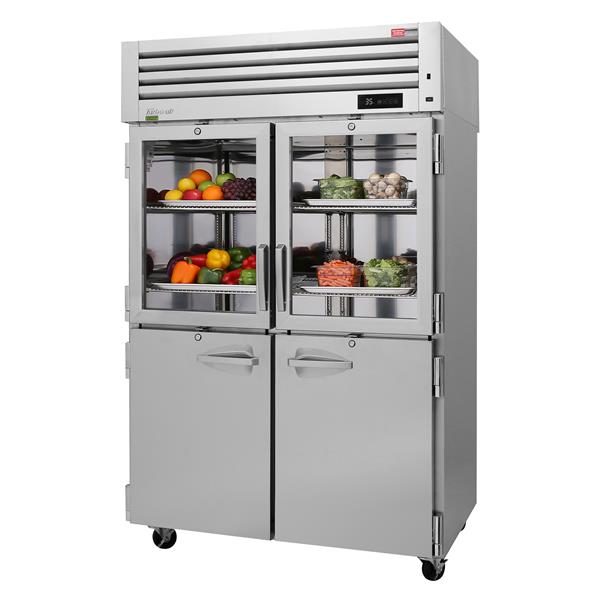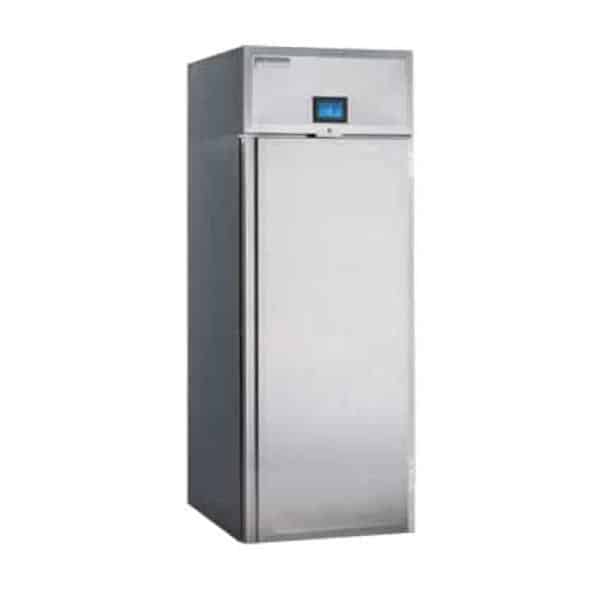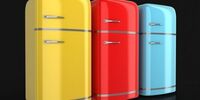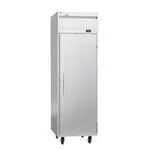Whether you're just beginning to look at commercial refrigeration units or you are simply looking for a replacement unit, there are many things you will need to consider before making your final purchase. While you will want to consider where the unit will be located, internal capacity, and overall design, you will also want to familiarize yourself with what makes up a basic refrigeration system and how it works.
Familiarizing Yourself with the Parts of a Refrigeration System
Taking the time to familiarize yourself with the many working parts of your refrigeration system has several benefits, including:
- Picking a unit based on your specific wants/needs
- Properly maintaining your unit yourself or with little help
- Being alert to what could possibly malfunction so you can keep a close eye on the unit and have it serviced immediately
Ready to learn what parts make up your basic refrigeration system? Here's what you need to know:
Capacity Control System
Many refrigeration systems will include what is called a capacity control system. This part helps to regulate power and energy consumption (especially in newer commercial refrigeration units), while also being able to manage dehumidification and/or decreasing compressor cycling.
Capillary Tube
The capillary tube is a long tube that is relatively small in diameter and is cut to fit between your refrigerator's condenser and the evaporator. This tube is a metering device, meaning that it meters your refrigerant from the condenser to the evaporator. While moving through the tube, the refrigerant experiences a pressure drop, causing the liquid to expand, converting it into a gas, and allowing it to move through the evaporator.
Chiller Cabinet
The chiller cabinet is simply the refrigeration unit's interior, where you store various foods, ingredients, and beverages. While many chiller cabinets in commercial refrigeration units are broken up into sections via various shelving units, other units may utilize shelves and bins that allow you to organize your unit further.
How well you organize your items can play a role in keeping your food and ingredients fresh since an overcrowded unit can be harder to keep cool because there isn't enough airflow throughout the unit.
Compressor
The compressor in a refrigeration system is an electronic pump that contains the unit's refrigerant gases. The movement of these gases is what helps to cool your unit and help it maintain the proper temperature needed to keep your food, ingredients, and beverages fresh and ready to use. You can typically find your compressor located on the back of the unit.
Condenser
This refrigerator part usually sits next to your refrigerator's compressor and is easy to spot because it is a set of coils located either on the back of the unit or across its bottom. Condenser coils are in charge of cooling and condensing your refrigerant by expelling heat from the unit. It is crucial to keep these coils clean and free of debris; otherwise, your unit will not be able to keep the refrigerant as cool as you need it because they will be unable to release the necessary heat.
Expansion Valve
The unit's expansion valve helps remove pressure from the liquid refrigerant and controls the coolant amount released into the unit's evaporator. At this point, the refrigerant has moved through the condenser, so it is part liquid and part gas. As it moves through the expansion valve, the excess liquid is burnt off, taking extra heat with it, further cooling the refrigerant, which is now in a completely gaseous state.
Evaporator
The evaporator, or otherwise referred to as the evaporator coil, is responsible for cooling your chiller cabinet and everything it houses. Now that the refrigerant is in a completely gaseous state, it begins to absorb any heat surrounding the evaporator, such as that from the food in the chiller cabinet. As that heat is absorbed, it cools the items. Finally, it is pumped back into the refrigeration system and is returned to the compressor, where the cycle begins anew.
Receiver
Your refrigerator's receiver is a pressure vessel that is specifically designed to hold excess refrigerant that is currently not being used in the cycle and functions as a temporary storage and surge tank.
Thermostat
The thermostat is the unit on the refrigerator that regulates the temperature of your chiller cabinet.
How a Refrigeration System Works
Now that you have an idea of how each of the components of a refrigeration system works, it is time to piece it all together.
To help you better understand how your refrigeration system works, we will start with the expansion valve. Remember, it's at this point that pressure is put on your liquid coolant/refrigerant, causing it to expand. As the pressure increases, the liquid begins to transform into a gaseous state.
Once the coolant has started becoming a gas, it is moved through the expansion valve and enters the evaporation coils. It then goes into your chiller cabinet and begins to boil, turning any remaining liquid into a gas. While in this gaseous state, the refrigerant can absorb any heat within your chiller cabinet – for example, drawing heat away from the food and beverages you just loaded into the unit. It's the absorption of this heat that cools the items in the unit.
Once the gas has absorbed the heat, it is drawn into the unit's compressor, where it squeezes the gas, enters into the condenser coils and is returned to its liquid state.
From there, the cycle begins all over again.
Choosing the Right Unit for You
Understanding how a commercial refrigeration system works is vital in choosing a unit that will work best for you. Whether you are a restaurant serving dozens or even hundreds of visitors a day, or a small shop in need of basic refrigeration to keep the day's goods fresh – you want to make sure you know each of your options.
Once you understand how these units work, you will be better equipped to choose between the various types of refrigeration units currently on the market.












